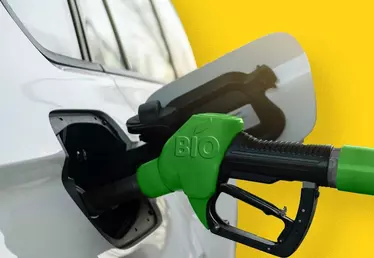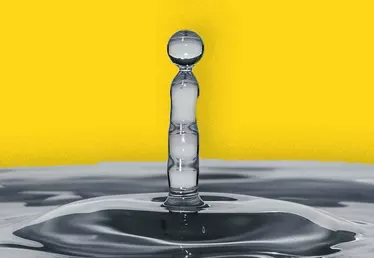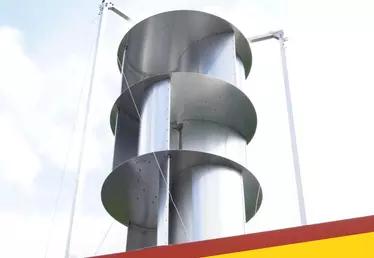

Hero banner custom title
A magic carpet that converts wave energy into electricity
3 min
Sea Wave Energy Limited (SWEL) has developed a floating device branded “Waveline Magnet” that – true to this start-up’s name - generates energy from wave power. The product has been designed to cost less than its comparators, generating sufficient power to produce both electricity and hydrogen, all at a competitive price.
With 71% of the earth’s surface covered by water, wave energy has enormous potential, one that the World Energy Council has estimated is capable by itself of satisfying 10% of total annual global electricity demand. Although there is nothing new about the idea of harnessing wave power (with France’s first patent for such devices dating back to 1799), it remains that relatively few electricity producers are in a position to access inventions in this area.
As noted by IFP Énergies nouvelles, the wave power business is hampered by a number of constraints. Equipment must not only cope with often extreme oceanic environments but achieve this without disturbing maritime traffic – not to mention fishing stocks and other fauna. More broadly, high production costs – including equipment purchases and electrical connection charges – require that any business in this particular field of sustainability operate on a very large scale.
Energy production plants
SWEL, a start-up working out of the United Kingdom and Cyprus, has come up with an innovation capable of competing on price with other renewable energies – and even with fossil fuels. The company has spent the past decade perfecting its “Waveline Magnet”, a device that converts wave energy into both electricity and hydrogen. The product consists of a series of floating and flexible platforms that interconnect on the surface of the water, referred to as its “wave line”.
One of the main advantages with this approach is, according to the company, the fact that Waveline Magnet creates a safe space that can then also be used as a floating offshore hydrogen production and storage plant.
The wave power plant is comprised of a spine-like central power system, to which floating hoses bobbing on the surface of the water are attached using lever arms. As such, Waveline Magnet not only harnesses waves’ mechanical energy (which it converts to electricity and hydrogen) but also creates a platform that can then be used to desalinate seawater.
Made from recycled plastic, the device’s manufacturing costs are also low, if only because it only uses a very small volume of materials. Nor does it require much if any maintenance. All of which explains a claim by Alexander Zakheos, the company’s Executive Assistant CEO, that “the cost of energy produced at scale in this way should be as competitive as fossil fuels, if not more… projections we hope to confirm in an upcoming pilot programme”. One further advantage stems from the work that the start-up has done to ensure that the device provides a modicum of protection against coastal erosion, which would otherwise reduce the wave power that it is hoping to harness. Last but not least, it is also noteworthy that SWEL’s new sea snake works well even under stormy conditions.
“Waveline Magnet has an impressive ability to increase energy production even as wavelengths increase. Its output scale can be very large…ten times greater than other standard methods”
A number of tests have been conducted to ensure that the technology works, always with encouraging results. Having said that, the Waveline Magnet has yet to hit the market, with its designers still seeking financial partners to ramp up production. Once this problem is solved, the product is likely to be widely available within two or three years.
Share it:













